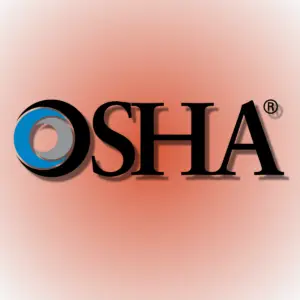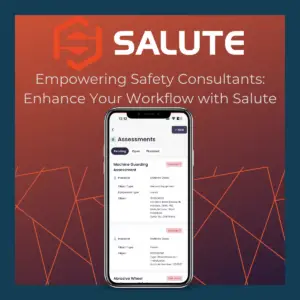In a significant move to enhance workplace safety and streamline hazard communication, the Occupational Safety and Health Administration (OSHA) has published a final rule revising the Hazard Communication Standard (HazCom). This update aligns with the latest edition of the Globally Harmonized System of Classification and Labeling of Chemicals (GHS), reflecting the evolving landscape of chemical safety and hazard communication.
What is the HazCom Standard?
The HazCom Standard, also known as the Right-to-Know law, ensures that information about the hazards of chemicals used in the workplace is available and understandable to employees. It requires employers to provide workers with information on the hazardous chemicals they may be exposed to through labels on containers, safety data sheets, and training programs.
Key Changes in the Revised HazCom Standard
The new rule updates the HazCom Standard to align with the seventh revision of the GHS. This alignment helps employers comply with both domestic and international regulations, facilitating global trade and ensuring consistency with other U.S. agencies.
The revision includes new hazard classifications and updated criteria for existing ones, ensuring the latest scientific data is reflected in hazard communication. This provides more accurate and comprehensive information about chemical hazards.
The revised standard introduces streamlined labeling requirements to reduce complexity while maintaining critical safety information. This includes updated label elements such as signal words, hazard statements, pictograms, and precautionary statements.
Changes to safety data sheets (SDSs) improve their organization and clarity, making it easier for employees to find and understand the information they need. The standardized format remains, but with enhanced details to support better hazard communication and risk management.
Recognizing the increasing use of digital tools in the workplace, the revised standard allows for more flexibility in the use of electronic means to distribute hazard information, including SDSs and labels. This is particularly relevant in today’s digital-first work environments.
Impact on Employers and Employees
The revised HazCom Standard will significantly impact both employers and employees. Employers will need to update their hazard communication programs to comply with the new requirements, which may involve revising labels, SDSs, and training materials. While this may require an initial investment of time and resources, the long-term benefits include improved safety, reduced risk of chemical-related incidents, and better compliance with international standards.
Employees will benefit from clearer and more accessible hazard information, enabling them to make informed decisions about their safety and health in the workplace. Enhanced training requirements will also ensure that workers are better equipped to handle hazardous chemicals safely.
Implementation Timeline
The final rule is effective July 19, 2024. OSHA has provided a phased implementation timeline to help employers transition to the new requirements, including specific compliance dates for labels, SDSs, and training updates (OSHA) (IHMM) (CHEMTREC).
Conclusion
The revision of the HazCom Standard marks a significant step forward in enhancing workplace safety and aligning with global standards. At Salute Safety, we are committed to helping businesses navigate these changes and ensure compliance. Stay tuned for more updates and resources on how to implement the new HazCom Standard effectively.
For more information and support, contact our team at Salute Safety. Let’s work together to create safer workplaces for everyone.
